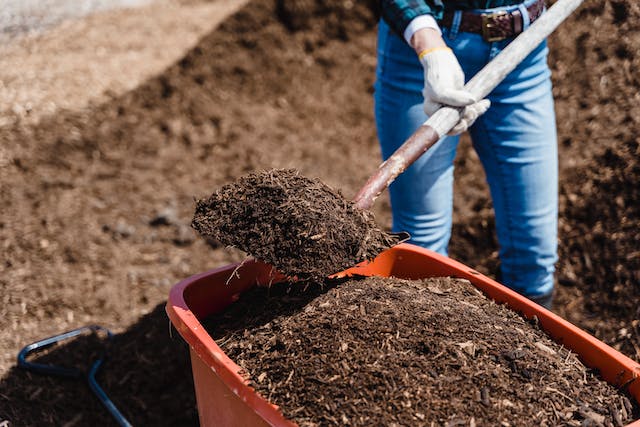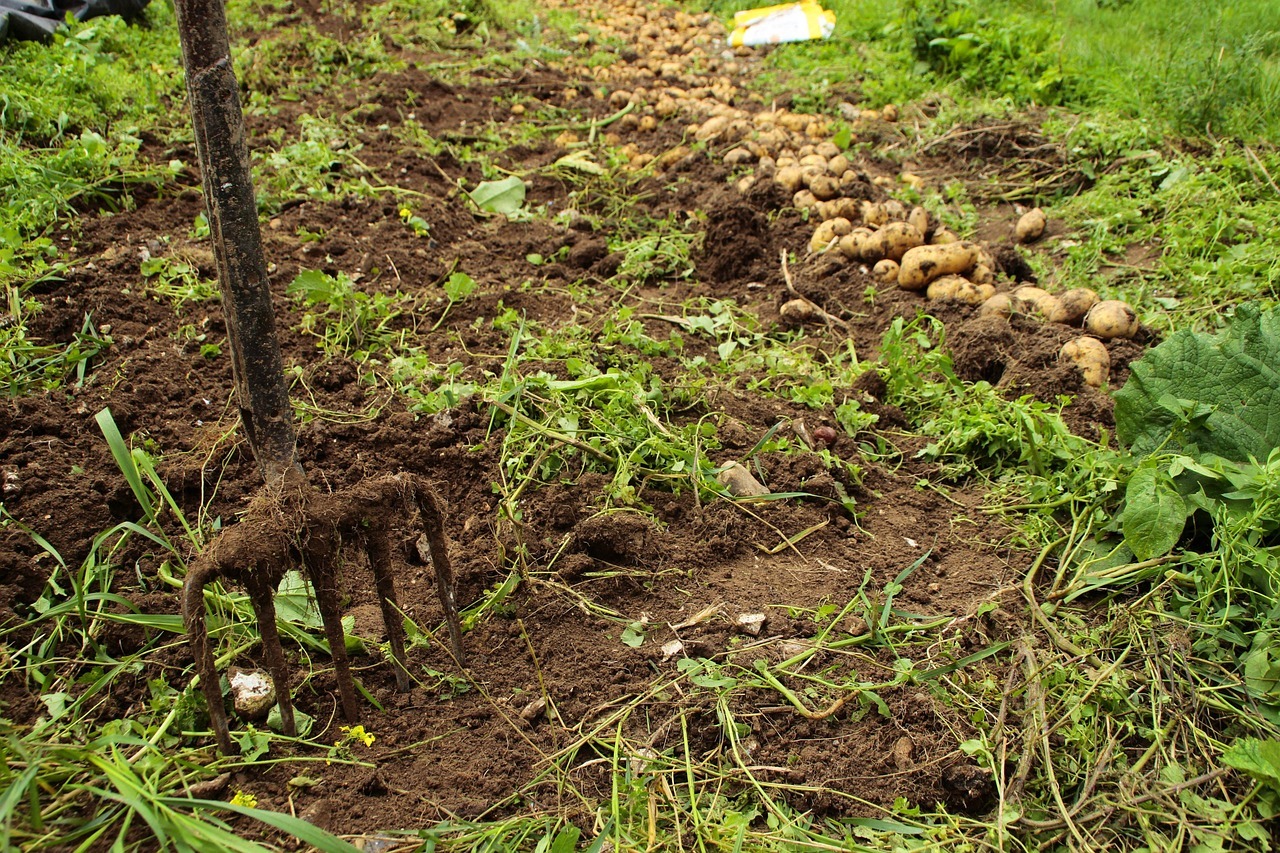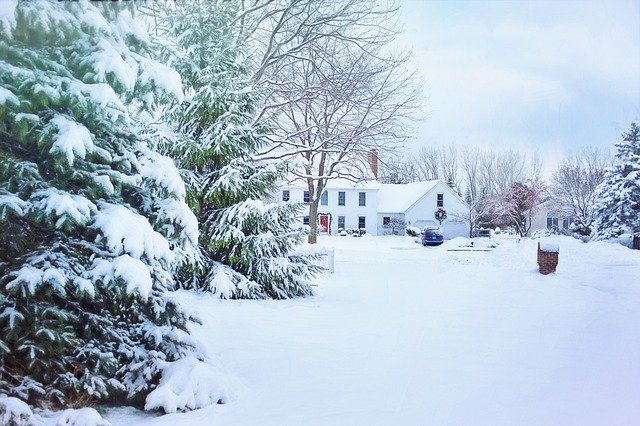Winterizing Your Garden: Essential Steps to Protect Your Plants
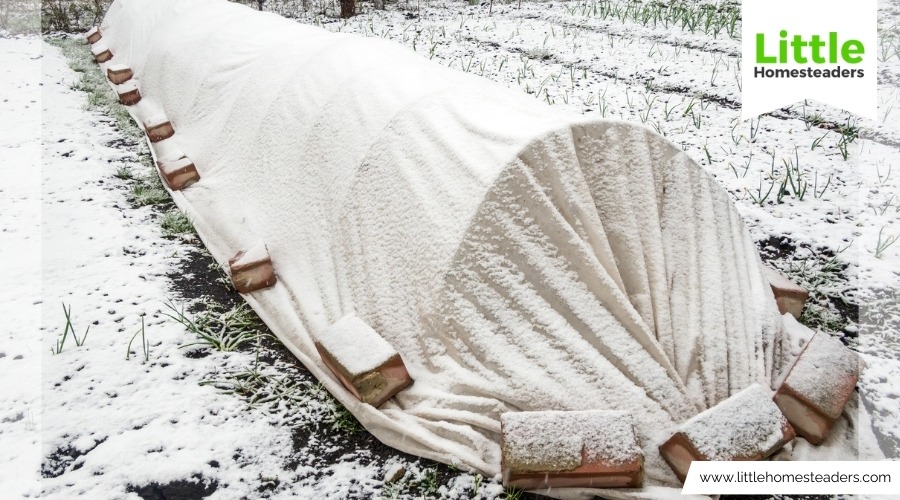
As the air turns crisp and the days grow shorter, it's time to prepare your garden for the challenges of winter. Winterizing your garden isn't just about bracing for the cold; it's about setting the stage for a vibrant, thriving garden when spring arrives. By following these essential steps, tailored for different climates, you can protect your plants, enrich your soil, and ensure a flourishing start to the next growing season.
1. Clear Out Dead Plants
As you prepare your garden for winter, start by removing spent annuals, diseased plant material, and other debris. Clearing out dead plants prevents pests and diseases from overwintering, which could harm your garden when the weather warms.
However, don't rush to make your garden spotless. Leaving some healthy plant debris, like small leaves and stems, can benefit your soil. These materials act as a natural mulch, providing nutrients and insulation for the soil. In milder climates, they also create habitats for beneficial insects that help your garden thrive.
Be mindful of how you dispose of diseased plant material. Burn or discard it in sealed bags to prevent spreading pathogens. For non-diseased organic matter, consider adding it to your compost pile to enrich the soil for spring.
For added protection, consider applying a layer of organic mulch, such as compost or wood chips. This will prevent soil erosion, retain moisture, and create a nourishing environment for spring planting. In windy regions, securing mulch with garden fabric or netting can prevent it from being blown away.
2. Amend and Protect Soil
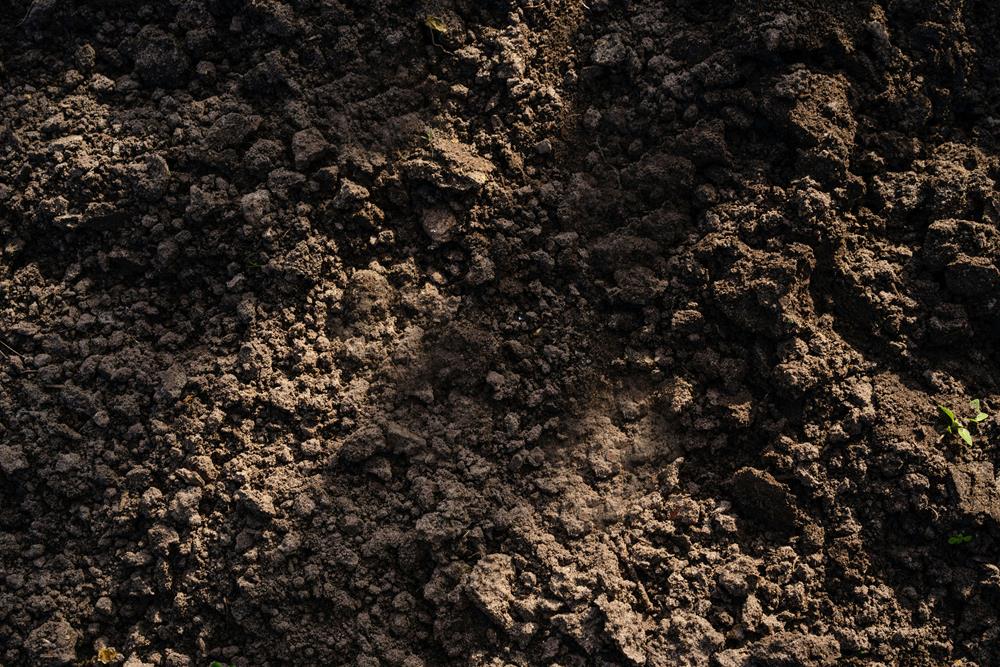
Your soil works hard throughout the growing season, and now's the perfect time to give it a boost. Start by incorporating compost or well-rotted manure into your garden beds. This enriches the soil with essential nutrients and improves its structure, preparing it for spring.
Test your soil's pH and adjust it as necessary. For instance, adding lime can raise the pH of acidic soil, while sulfur can lower it. Tailoring your soil's chemistry to your plants' needs ensures optimal growing conditions.
In regions prone to harsh winters, apply a thick layer of mulch—at least 3-4 inches—to insulate the soil. This protects plant roots from frost heave and helps maintain consistent soil moisture. For areas with milder winters, cover crops like rye or clover provide a living mulch that prevents erosion and enriches the soil as they decompose.
If your soil has been compacted over the growing season, consider aerating it before applying mulch or amendments. Aeration improves drainage and allows nutrients to penetrate deeper, creating a healthier environment for your plants.
3. Water Perennials and Trees Deeply
Before the ground freezes, ensure your perennials and trees are well-watered. Deep watering is especially crucial for newly planted specimens and drought-tolerant plants that need extra support during the winter months.
Focus on watering when the soil is not frozen and on warmer days in late fall. This practice helps plants develop strong root systems and prevents winter drought stress, which can be as damaging as summer heat.
In drier regions, deep watering may also reduce soil compaction, allowing roots to access nutrients more effectively. Pair this step with a layer of mulch to lock in moisture and protect roots from temperature fluctuations.
For evergreens, which continue to lose moisture through their needles during winter, deep watering before the first frost is especially important. Consider using a soaker hose to ensure water penetrates deeply into the soil.
4. Mulch Garden Beds
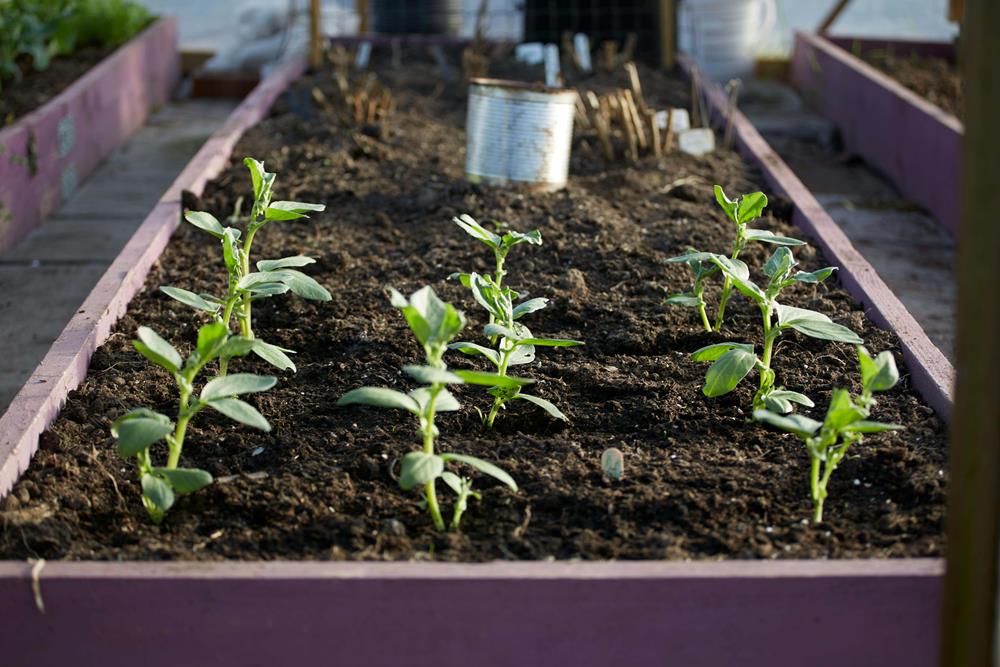
A well-mulched garden is a happy garden in winter. Spread a 2-4 inch layer of organic mulch—such as shredded leaves, straw, or wood chips—around your plants. This layer insulates roots, retains moisture, and suppresses weeds.
When applying mulch, be cautious not to pile it directly against plant stems or trunks. Doing so can trap moisture and encourage rot. Instead, leave a small gap around the base of each plant for proper airflow.
Mulching also minimizes soil erosion caused by heavy rains or strong winds, keeping your garden beds intact and ready for spring planting. Additionally, as mulch breaks down, it enriches the soil with organic matter, improving its overall health.
In regions with heavy snowfall, mulch can also prevent the ground from freezing and thawing repeatedly, which can damage plant roots. If you're using straw or leaves, secure them with netting to prevent them from scattering in strong winds.
5. Prune Trees and Shrubs
Pruning is a key part of winter garden preparation, but timing and technique matter. For deciduous trees and shrubs, wait until late winter or early spring, just before new growth begins. This prevents stimulating tender new shoots that could be damaged by frost.
Remove dead, damaged, or diseased branches first. Then, thin out crowded interior branches to improve air circulation and light penetration. This reduces the risk of pests and diseases taking hold in the next growing season.
For summer-flowering shrubs, late winter is the ideal time to prune. Spring-flowering shrubs, however, should only be pruned after they bloom to avoid cutting off next year's flowers.
If you're uncertain about pruning a specific plant, research its needs or consult a local gardening expert. Over-pruning can stress plants, while under-pruning can lead to poor growth and increased vulnerability to diseases.
6. Protect Sensitive Plants
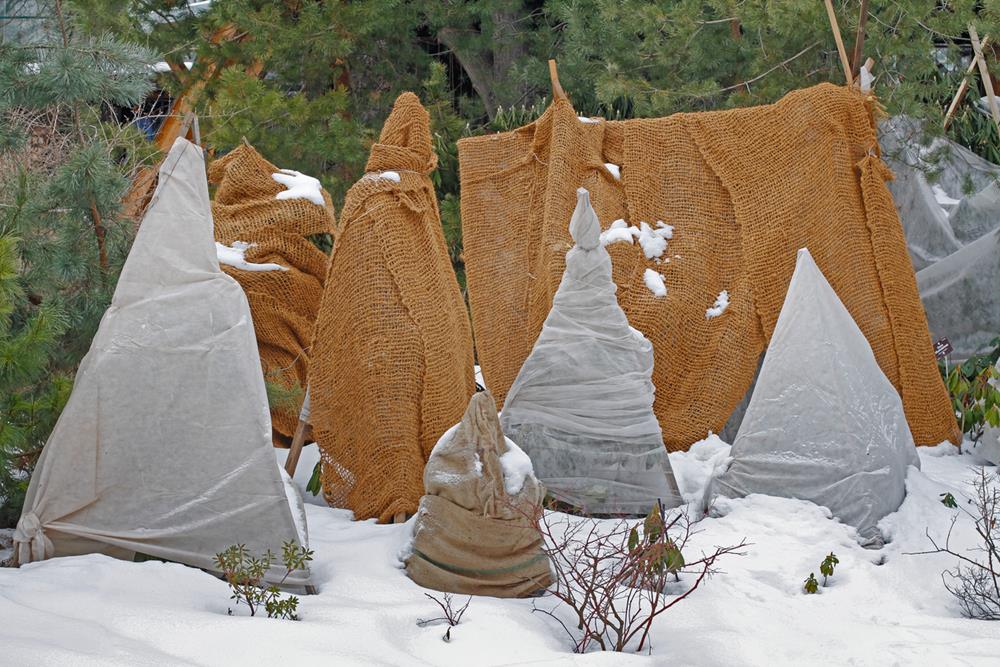
Some plants need extra care to survive winter's harsh conditions. Delicate perennials, for instance, can be insulated with burlap, straw, or frost blankets. This barrier helps maintain a more stable temperature around the plants and shields them from icy winds.
Potted plants are especially vulnerable, as their roots are more exposed to freezing temperatures. Move them indoors or to a sheltered location, such as a garage or greenhouse. If bringing them inside isn't an option, group pots together in a protected area and wrap them in insulating materials.
For plants left in the ground, mound soil or compost around their base to protect roots from frost heave. Consider using cold frames to create a microclimate for sensitive plants that need extra warmth.
In extremely cold climates, you might also use cloches or homemade plant covers to provide added protection. Make sure these coverings are ventilated to prevent condensation from freezing on plants.
7. Plant Spring-Blooming Bulbs
Fall is the perfect time to plant spring-blooming bulbs like tulips, daffodils, and crocuses. Choose a sunny spot with well-drained soil, and enhance the area with compost or a balanced fertilizer before planting.
Place each bulb at a depth two to three times its height, ensuring they have room to establish strong roots before the ground freezes. After planting, cover the area with a layer of mulch to protect the bulbs from frost and prevent soil erosion.
For an extended bloom period, choose a mix of early, mid, and late-season flowering bulbs. This strategy ensures a vibrant display throughout spring. Don't forget to label your bulb locations to avoid accidental digging during winter maintenance.
8. Clean and Store Garden Tools
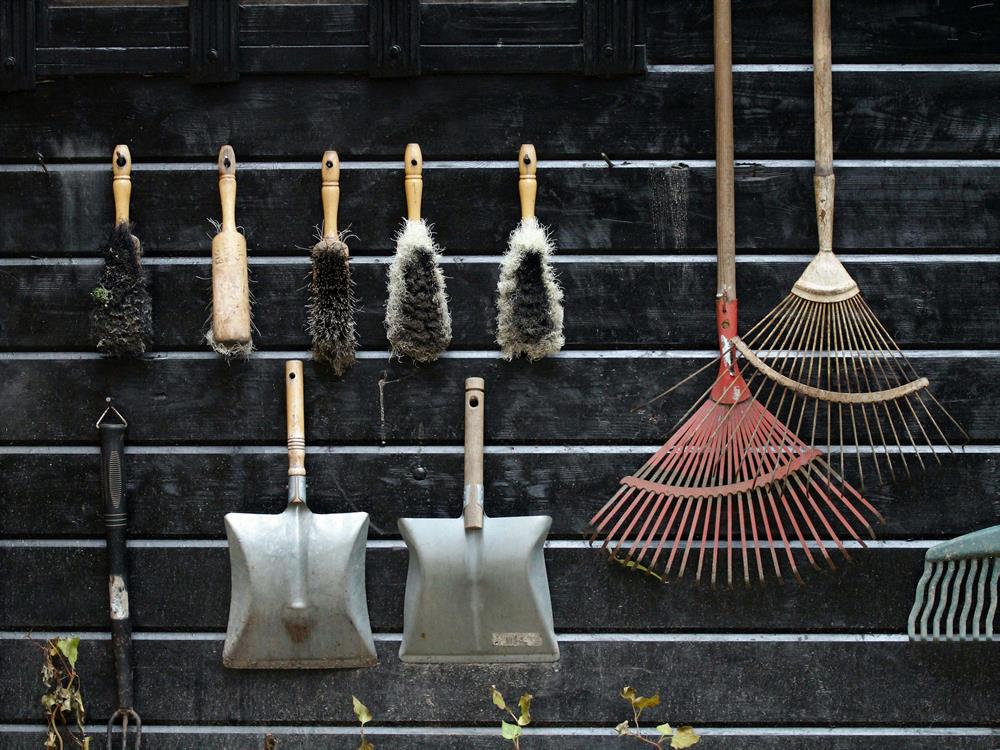
Properly caring for your tools ensures they're ready for action come spring. Start by cleaning off dirt and rust with a wire brush, then sharpen blades with a file or sharpening stone. Well-maintained tools make gardening tasks easier and more efficient.
Apply a light coat of oil to metal parts to prevent rust during storage. For wooden handles, use linseed oil to keep them from drying and cracking.
Store tools in a dry, sheltered space, and organize them so they're easy to find when you need them. Consider hanging tools on a wall rack or storing them in labeled bins for quick access.
9. Prepare Compost for Spring
A thriving compost pile is your garden's best friend. Throughout fall, collect kitchen scraps, leaves, and other organic matter to build your compost. Maintain a balance of green and brown materials, and turn the pile regularly to promote decomposition.
Keep the compost moist but not waterlogged. This ensures it breaks down over the winter and is ready to enrich your garden beds in spring.
Composting not only reduces waste but also provides a nutrient-rich amendment that improves soil texture and fertility. If you're new to composting, consider using a compost bin to keep the process neat and contained.
10. Plan Next Year's Garden

Winter's slower pace is the perfect time to dream big for your garden. Reflect on what worked well this year and what didn't. Use these insights to sketch out a new layout that maximizes space and sunlight.
Order seeds, bulbs, and other supplies early to ensure you're ready for planting season. Consider incorporating crop rotation and companion planting to improve soil health and deter pests.
Don't forget to plan for aesthetics, too. Layer taller plants at the back and shorter ones in front to create depth and visual interest. Include spaces for pollinator-friendly plants to encourage biodiversity in your garden.
Conclusion
Winterizing your garden is an investment in its future. By taking the time to clear, amend, water, mulch, prune, and protect, you'll not only safeguard your plants but also enrich your soil and tools for the seasons to come. As you dream of next year's blooms and harvests, these steps will ensure your garden is ready to greet spring with strength and vitality. So grab your gloves and get started—your garden will thank you.

